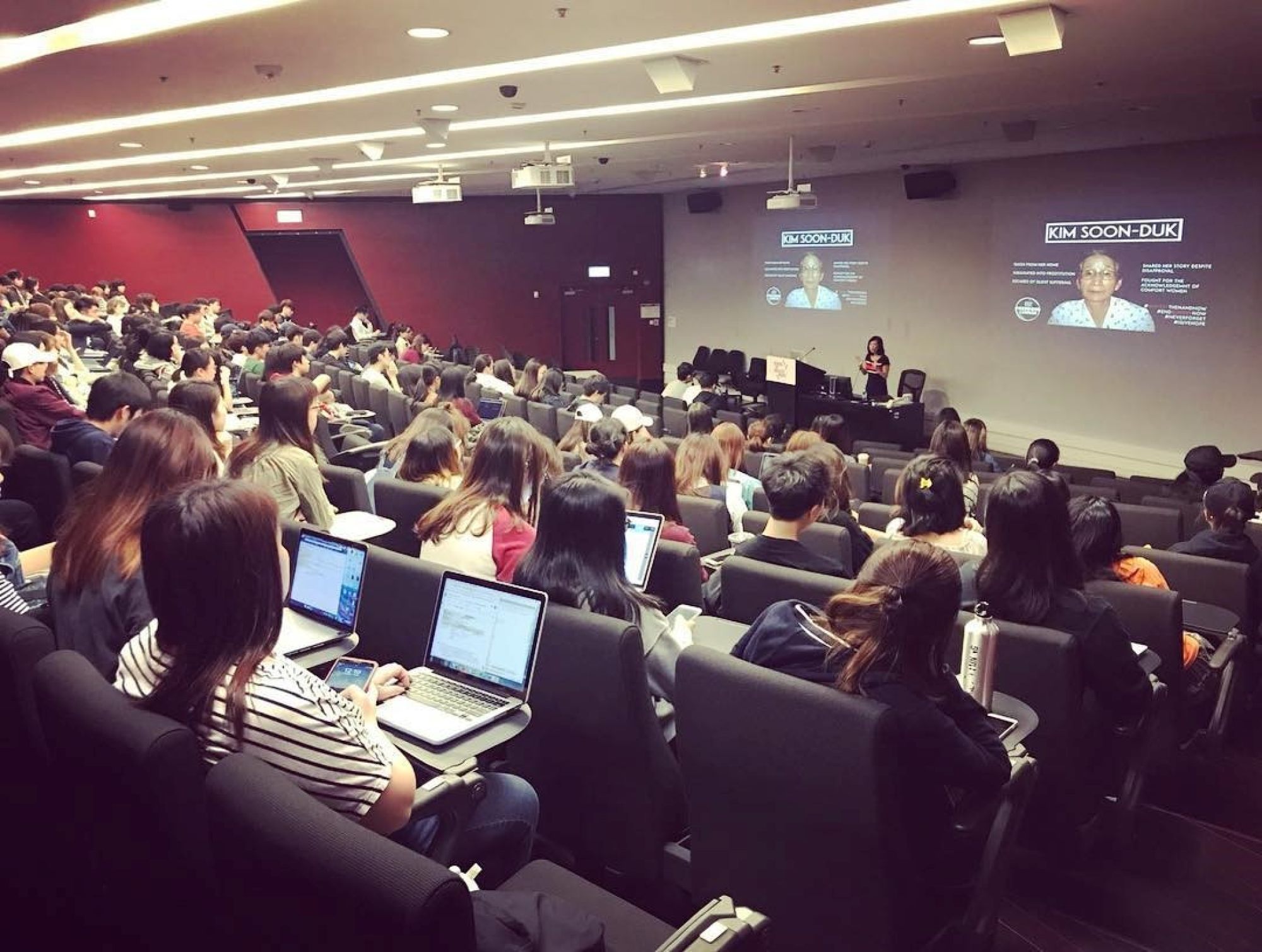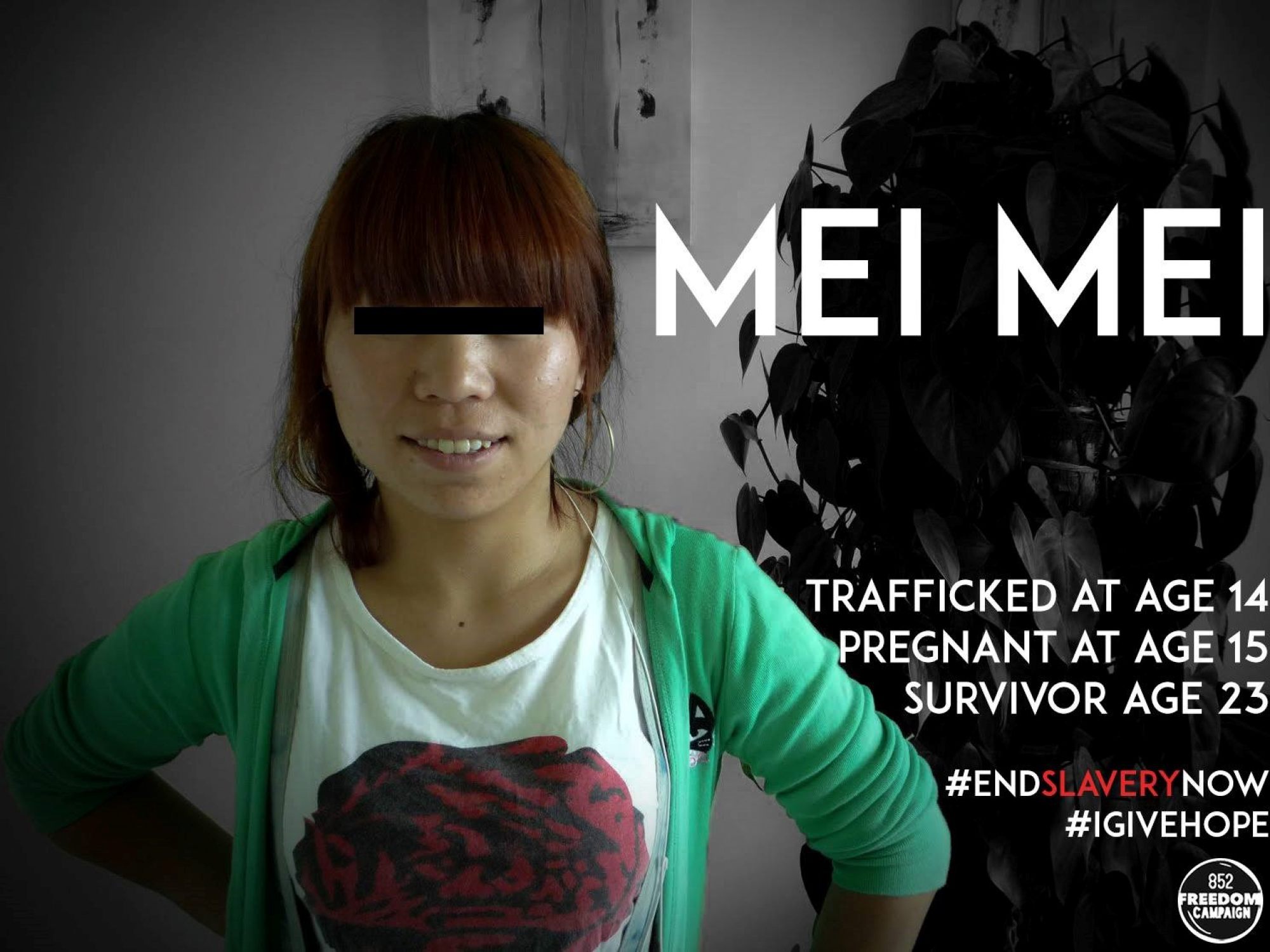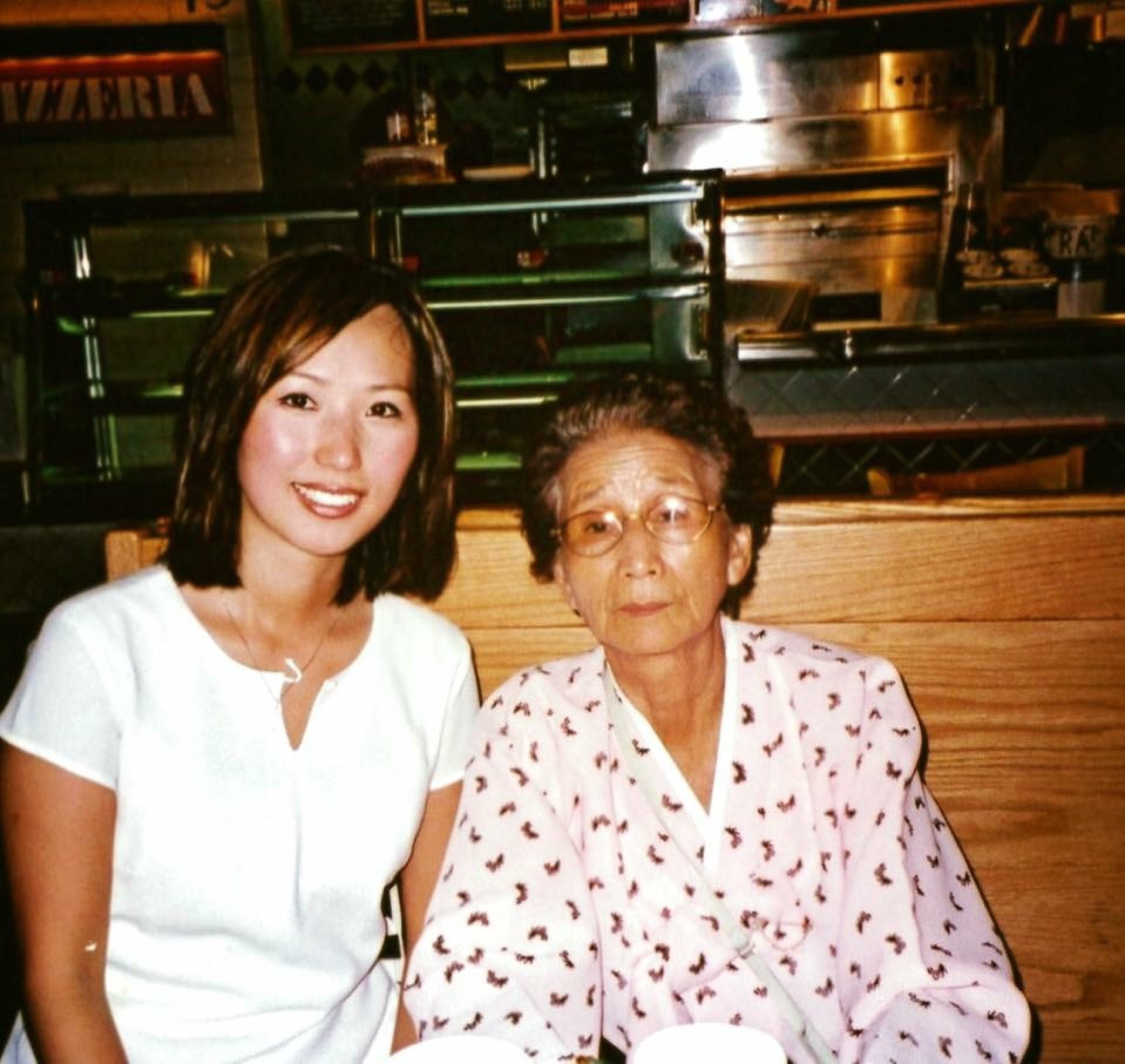Russian government cracks down on media and protests
In an effort to forestall the eruption of significant popular opposition to Russia’s invasion of Ukraine, the Putin government is systematically banning news outlets and social media platforms in the country. The government is simultaneously cracking down on still as of yet small anti-war protests in Moscow, Saint Petersburg and other cities.
On Friday, Russia’s federal agency for information technology and mass communication, Roskomnadzor, announced that Facebook and Twitter are now banned. As a justification, the agency cited the fact that these platforms have been blocking the “free circulation of information” by limiting the Western public’s ability to read material from Zvezda, RIA Novosti, Sputnik, RT, Lenta.ru, and Gazeta.ru, a combination of private and state-owned Russian media.
The same day, Roskomnadzor announced that it is demanding to know why TikTok is scrubbing material posted by RIA Novosti. TikTok has since declared that it is halting its operations in Russia altogether due to a new law passed penalizing “false” information.
Roskomnadzor has also declared that it will limit Zello, a platform that enables users to subscribe to channels and communicate with one another through phone and two-way walkie talkies, if it did not stop sending messages “that contain false information about the course of the special operation of the armed forces of the Russian Federation on the territory of Ukraine.”
Several internet, radio and TV agencies associated with the anti-Putin opposition have now been blocked, including Ekho Moskvi, Dozhd, and Meduza. The first two suspended their operations entirely, with Ekho Moskvi declaring that it is liquidating its website, radio station and social media accounts. Dozhd announced it was halting its work but on a temporary basis. Meduza continues to post material on Telegram, a social media channel widely used in Russia.
Telegram, along with YouTube and Vkontakte, the Russian version of Facebook, now remain some of the only accessible platforms. However, Pavel Durov, the founder and head of Telegram, said in late February that he was considering shuttering the operation, citing concerns that it was contributing to the escalation of social tensions and “ethnic hatred.” His remarks unleashed a flood of objections from users who indicated it is their only way of sharing information. The government has now asked Telegram to delete users and bots posting information about dead and captured Russian soldiers.
The domestic press crackdown is extending to foreign media as well, with access to German press outlet Deutsche Welle, US-sponsored Radio Svoboda, and the Russian version of the BBC all being ended.
This is unfolding as Putin signed a new law on Friday that authorizes fines and prison sentences for people that spread allegedly untrue reports about Russia’s military actions and/or call for sanctions against the country. The promotion of “false facts” could result in a financial penalty of between 700,000 and 1.5 million rubles and up to three years in prison, and should that be done by “officials or organized groups,” the fine and detention time will be even higher. The most severe consequences—10 to 15 years of imprisonment—are reserved for those who knowingly use “false fakes.” It also bans the “obstruction” or “discrediting” of the use of Russian troops “in the best interests of the country” and to “maintain peace and security.”
The language of the law is extremely broad, such that basically any expression of opposition to war could force one to fork over large sums of money, land one in prison or both.
According to official reports, over the weekend the police detained 1,700 people in Moscow, 750 in Saint Petersburg, and 1,061 in other areas of Russia for participating in anti-war rallies. Based on what the government claims to have been the overall size of these protests—6,200 total—in each case somewhere between 50 and 80 percent of participants were arrested.
According to social media images re-broadcast on smaller news sites, in addition to the country’s two largest cities, demonstrations took place in Irkutsk, Novosibirsk, Chita, Krasnoyarsk, Belgorod and Petrozavodsk. Another press report said that anti-war events happened in 49 cities across Russia. Signs held aloft by protesters read, “Ukraine is not our enemy,” “No to war with Ukraine,” and “We are for peace.”
The attack on democratic rights is also unfolding in Europe and the United States, where either access to press agencies from Russia has been cut off or coverage and commentary on the war from these sources are being labeled in such a manner that encourages readers to dismiss them as false out of hand. This is accompanied by a campaign targeting Russian artists and cultural figures and even Russian culture itself, in an effort to demonize that society and its people.
In all cases the aim is to deaden the population’s thinking, prevent them from making a critical appraisal of the causes of the war, and above all, forestall the emergence of a mass anti-war movement that is equally hostile to Western imperialism and Russian nationalism. Nothing terrifies the ruling classes in Washington, London, Berlin, Paris, Moscow and elsewhere than the prospect that millions of working people will unite across national lines and drive all of them out of power.
Thus, everywhere war propaganda, intimidation and the threat of physical violence are mobilized in a desperate effort to keep the war drive alive. No one should ever make the mistake of thinking that the White House will not resort to the same repressive measures to which the Kremlin is currently turning when it is confronted with an eruption of social discontent. The American ruling class, for all its hosannas to democracy, will have no compunction fining, arresting and beating up masses of workers when they challenge their policies.
In the US and Europe, every nerve is being strained by the press and the political elite to whip up pro-war moods and direct ordinary people’s deeply felt disgust at Putin’s criminal act into support for the West’s war mad policies. In Russia, there is a desperate to attempt to prevent the population’s well-founded hostility towards the provocations and threats of the US and NATO from transforming into politically conscious hatred of the Russian capitalist system that has brought society to an utter dead end.
:quality(70)/cloudfront-eu-central-1.images.arcpublishing.com/thenational/3FC6NRMRKFFLON4REJG26E3AA4.jpg)
:quality(70)/cloudfront-eu-central-1.images.arcpublishing.com/thenational/AS42JCRY35BYLBZTTNT4A62VKQ.jpg)
:quality(70)/cloudfront-eu-central-1.images.arcpublishing.com/thenational/EVBZIWXCVRBQTN3PRBN2RDG2NM.jpg)
:quality(70)/cloudfront-eu-central-1.images.arcpublishing.com/thenational/TBANBRVNMKMB6HVK4V4RNEHSDQ.jpg)
:quality(70)/s3.amazonaws.com/arc-authors/thenational/95c6d91f-6408-4f68-b9fd-ed33768d8170.png)












